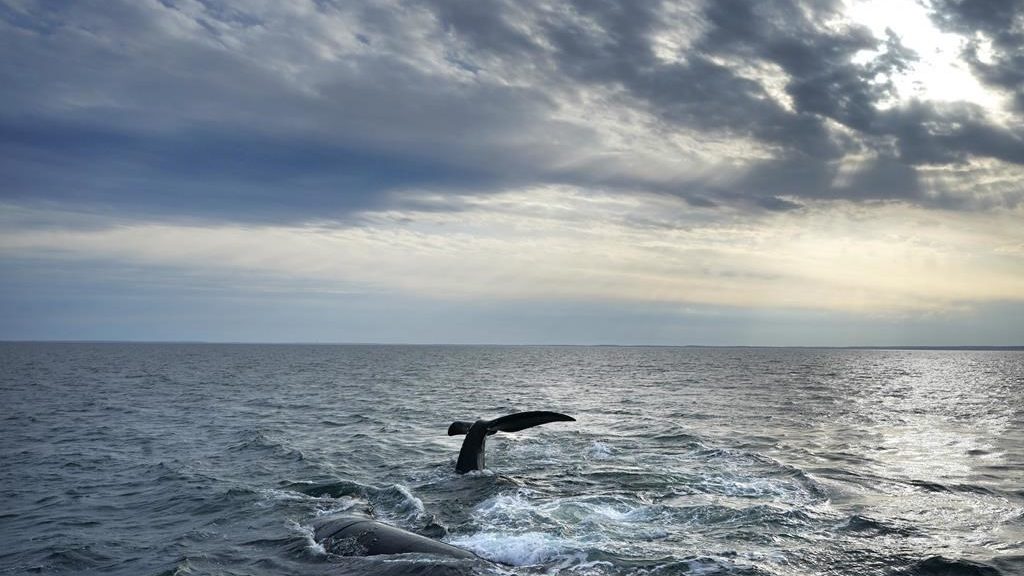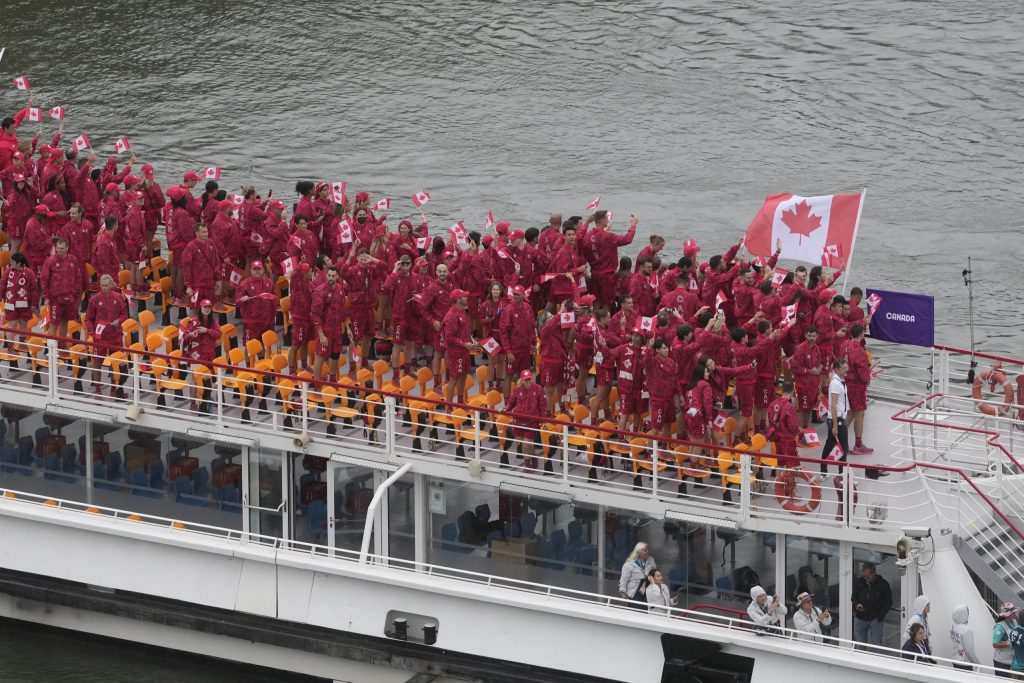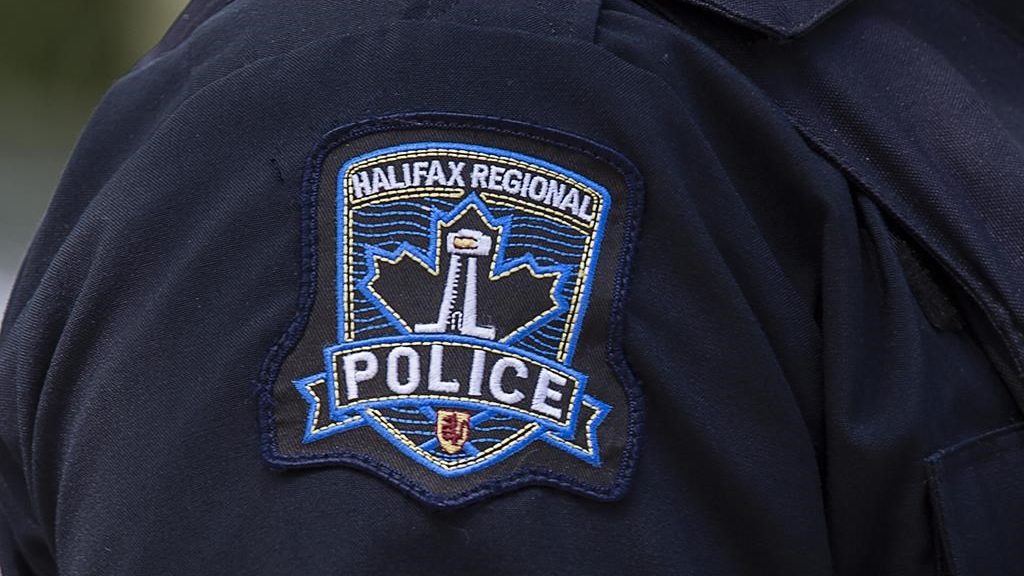Entangled right whale spotted off New Brunswick with fishing gear stuck in its mouth

Posted May 13, 2024 01:44:33 PM.
Last Updated May 14, 2024 11:28:53 AM.
A critically endangered North Atlantic right whale has been spotted entangled in fishing gear in the Gulf of St. Lawrence, northeast of New Brunswick’s Acadian Peninsula.
The sighting reported Friday marks the first time a right whale has been seen in Canadian waters this season, the federal Fisheries Department said in a statement released Monday.
The department says a crew taking part in a routine surveillance flight spotted the adult female, known as Shelagh, dragging gear that appears to be caught in her mouth.
Members of the federal Marine Mammal Response Program will try to remove the gear if the weather and sea conditions allow, but the whale was far offshore the last time she was seen, the department said.
“It was disheartening to learn that the first right whale of the season spotted in Canadian waters also happens to be our first entanglement,” Sheryl Fink, spokeswoman for the non-profit International Fund for Animal Welfare, said in a statement.
“The fact that there are likely fewer than 70 reproductive females remaining of this species makes this entanglement particularly devastating, and we hope the disentanglement efforts will be successful and safe.”
Officials say it remains unclear what type of fishing gear is involved or where it came from.
Oceana, an international environmental organization, issued a statement saying the entanglement could have been prevented if proper regulations were in place in Canada and the United States.
“While we wait to see if Shelagh can be disentangled, this whale becomes the latest example of the ongoing threat to this species posed by an utter lack of protection,” said Gib Brogan, Oceana’s campaign director in the United States.
“While we don’t yet know the origins of the rope dragging in this whale’s mouth, we do know that where there is rope, there is a danger to North Atlantic right whales …. The question is whether the U.S. and Canadian governments will act in time to save this species or knowingly watch it slide into extinction.”
So far this season, four right whales have died in U.S. waters, three of them killed by vessel strikes.
The North Atlantic right whale remains one of the most endangered large whale species in the world.
The U.S. National Oceanic and Atmospheric Administration (NOAA) says there are about 360 whales remaining. The federal agency estimates that 85 per cent of right whales have been entangled in fishing gear at least once.
On April 9, a right whale was spotted entangled in rope about 80 kilometres south of Rhode Island, but it remains unclear what happened to that animal or if it is the same whale spotted last week in the Gulf of St. Lawrence. NOAA confirmed the whale had rope coming out of both sides of its mouth and was far from shore.
Last October, the North Atlantic Right Whale Consortium reported that the population appeared to be stabilizing after years of discouraging declines. But the international team of marine scientists also said the data showed the number of human-caused injuries continued to rise.
For years, scientists and whale researchers have been trying to persuade the fishing industry to start using ropeless or “on-demand” fishing gear to reduce entanglements.
While traditional lobster and crab traps are dropped to the ocean floor and later retrieved by hauling up long ropes that hang from buoys, ropeless gear doesn’t use so-called running lines or buoys. The traps are found using an electronic homing device — a kind of virtual buoy — and they’re retrieved using remotely inflated spools of rope or lift bags.
Kim Elmslie, campaign director for Oceana Canada, said Canada’s Fisheries Department must accelerate the transition to ropeless gear.
“This innovative technology can allow a thriving fishing industry to continue without putting critically endangered whales at risk of entanglement,” she said. “Each entanglement significantly impacts this already fragile population.”
Right whales migrate every year from calving grounds off Florida and Georgia to feeding grounds off New England and Canada’s East Coast. The population increased by 150 between 2001 and 2011 but levelled off, and then a steep decline started in 2017 when 12 whales died in Canadian waters and another five died in U.S. waters.
Later that year, the Canadian government introduced a series of measures to improve protection for the whales. Those ongoing measures included increased aerial surveillance, restrictions on shipping lanes, slower speed limits for vessels, temporary fishing ground closures and real-time monitoring using underwater listening devices.
As the Atlantic Ocean has warmed, the whales have changed their migration patterns. Instead of heading to their traditional summer feeding grounds in the Bay of Fundy, a growing number of whales have been heading farther north to the Gulf of St. Lawrence, where they encounter more ship traffic and busy fishing grounds.
Between 2017 and 2023, ship strikes and fishing gear entanglements were the leading cause of death and serious injury for right whales.
It’s believed the right whale population peaked at about 21,000 before aggressive hunting drastically reduced their numbers. By the 1920s, fewer than 100 remained. After a ban on right whale hunting was imposed in 1935, the population grew to 483 by 2010.
This report by The Canadian Press was first published May 13, 2024.








